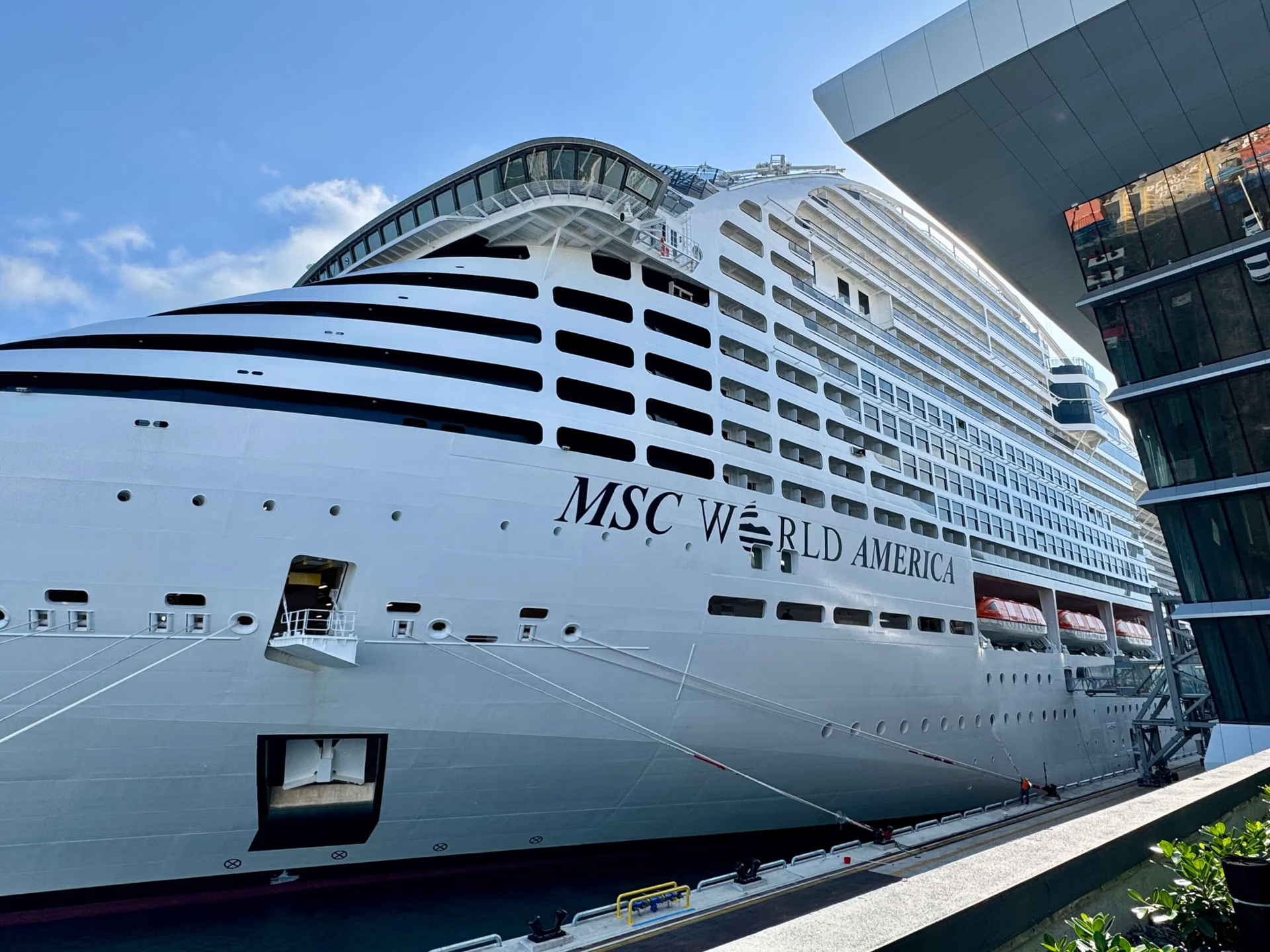Carnival Cruise Line is cracking down on a surprising aspect of cruise culture: upside-down pineapples as stateroom door decorations.
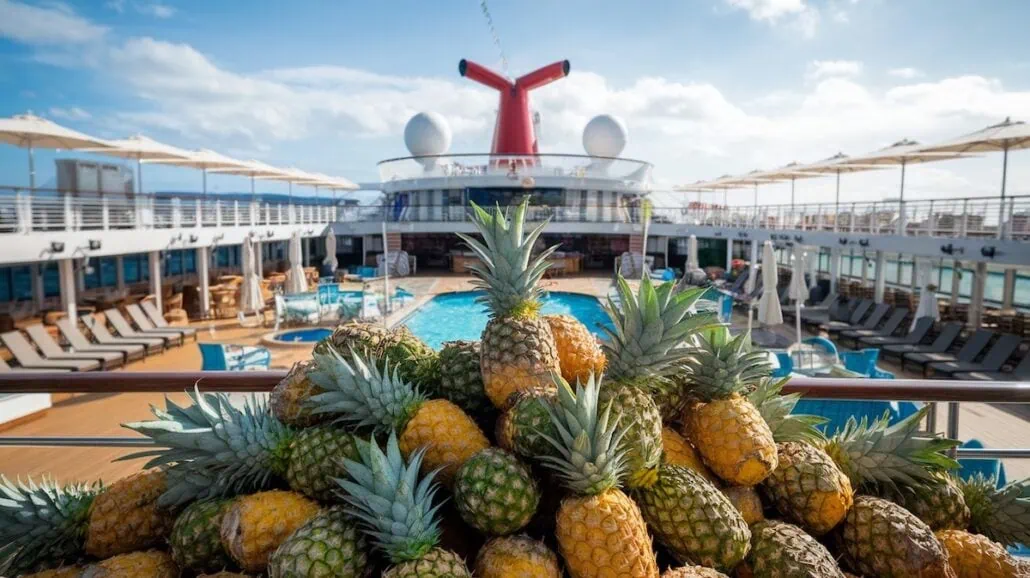
Known in certain social circles as a discreet signal of participation in the swinging lifestyle, the symbol has gained recognition in recent years, prompting Carnival to take action.
The issue came to light after Carnival’s Brand Ambassador, John Heald, addressed a passenger’s question about singles meetups on his Facebook page.
A commenter joked about using an upside-down pineapple to meet others, and Heald responded that such symbols were “definitely no longer allowed on the ships” and would be removed from cabin doors.
What Do Upside-Down Pineapples Represent?
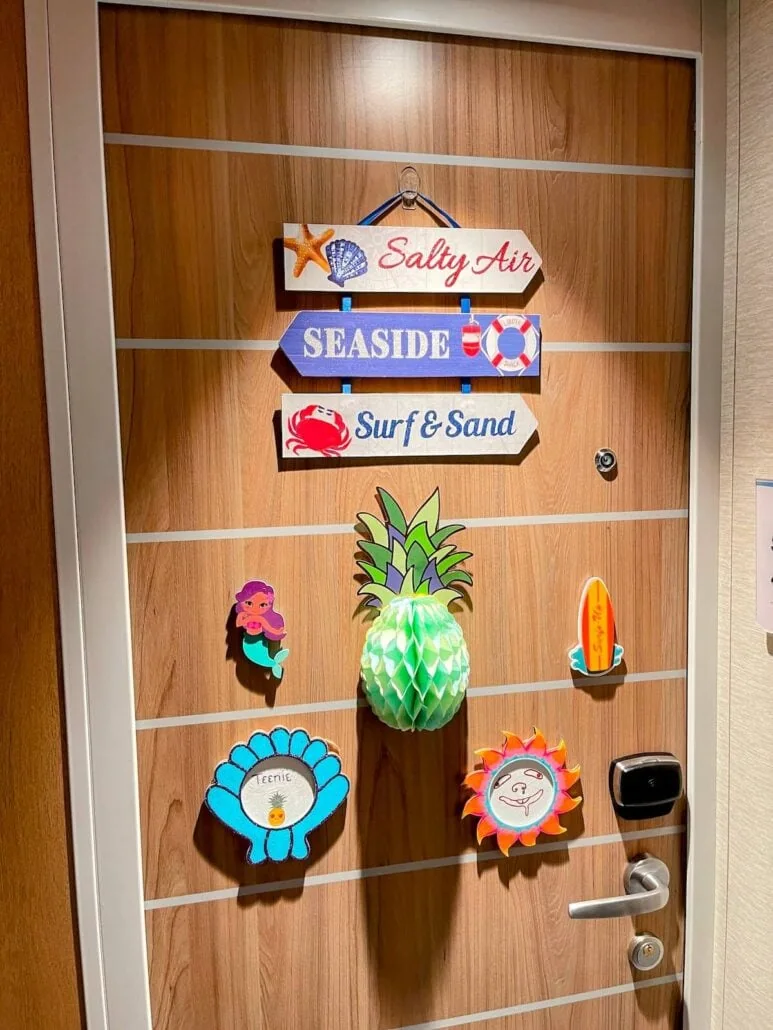
While many associate pineapples with tropical vacations and hospitality, an upside-down pineapple has a more specific meaning on cruises: it signals openness to partner-swapping or swinging.
This symbol, such as door magnets, clothing, or tattoos, can appear onboard.
Carnival’s move seems to discourage using this symbol, particularly as awareness of its meaning grows. The decision likely aligns with the cruise line’s family-friendly image and its goal of creating a comfortable environment for all passengers.
A Balancing Act for Cruise Lines
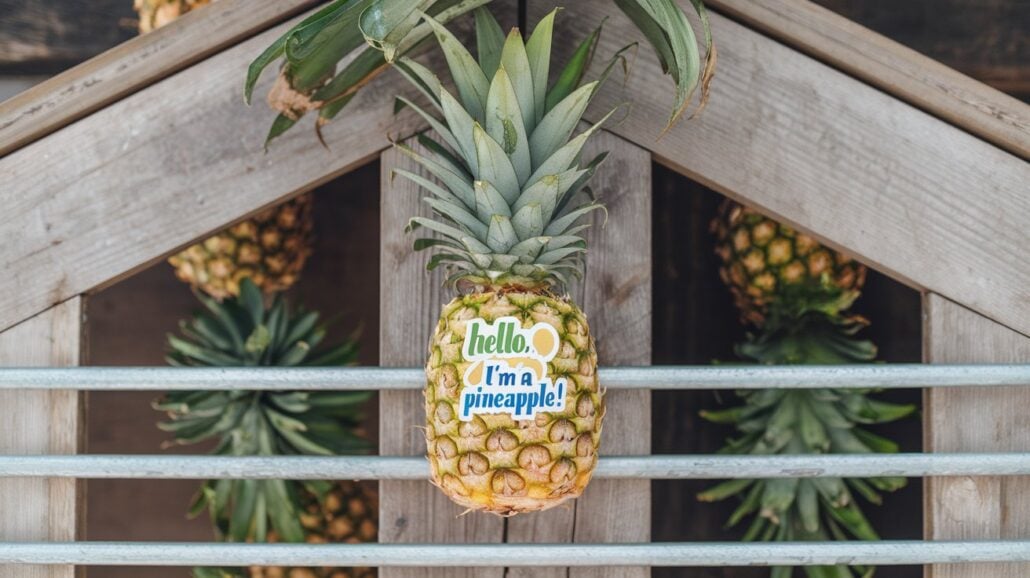
This isn’t the first time cruise lines have adjusted policies to reflect changing social dynamics. Cruise ships bring together diverse passengers, each with varying norms and expectations.
Carnival attempts to prevent misunderstandings or complaints by banning symbols like the upside-down pineapple, especially in environments where children and families are present.
Read More: Carnival Bans Bluetooth Speakers
Still, enforcement of such policies can be tricky. Some passengers noted on social media that they’ve seen pineapple decorations—right side up, upside down, and even sideways—left untouched during recent cruises.
Others pointed out that the symbol isn’t universally recognized, which could lead to unintentional misunderstandings when decorations are removed.
Broader Implications for Cruise Culture
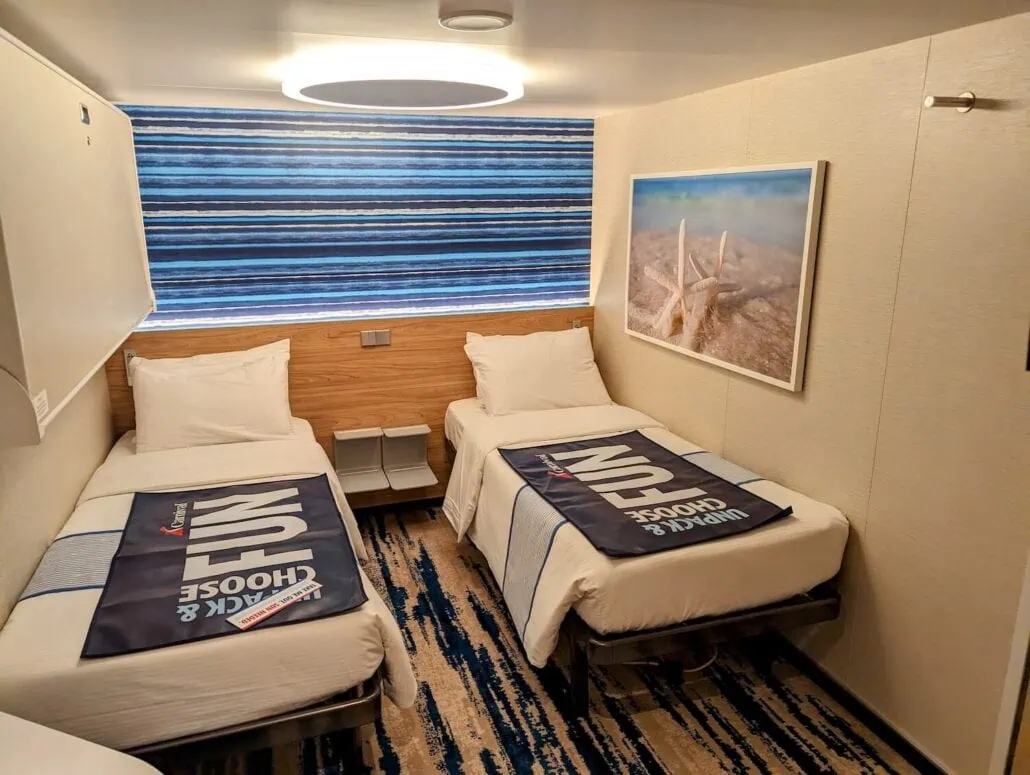
The controversy highlights a larger trend: as niche symbols become more widely recognized, businesses like cruise lines grapple with handling them.
Upside-down pineapples are just one example. Similar symbols, like pink flamingos or unicorns, also carry hidden meanings in some communities but might be innocuous to others.
As Carnival navigates the choppy seas of door decor etiquette, one thing’s for sure: keep your pineapples upright, or prepare for stern actions (no pun intended).




